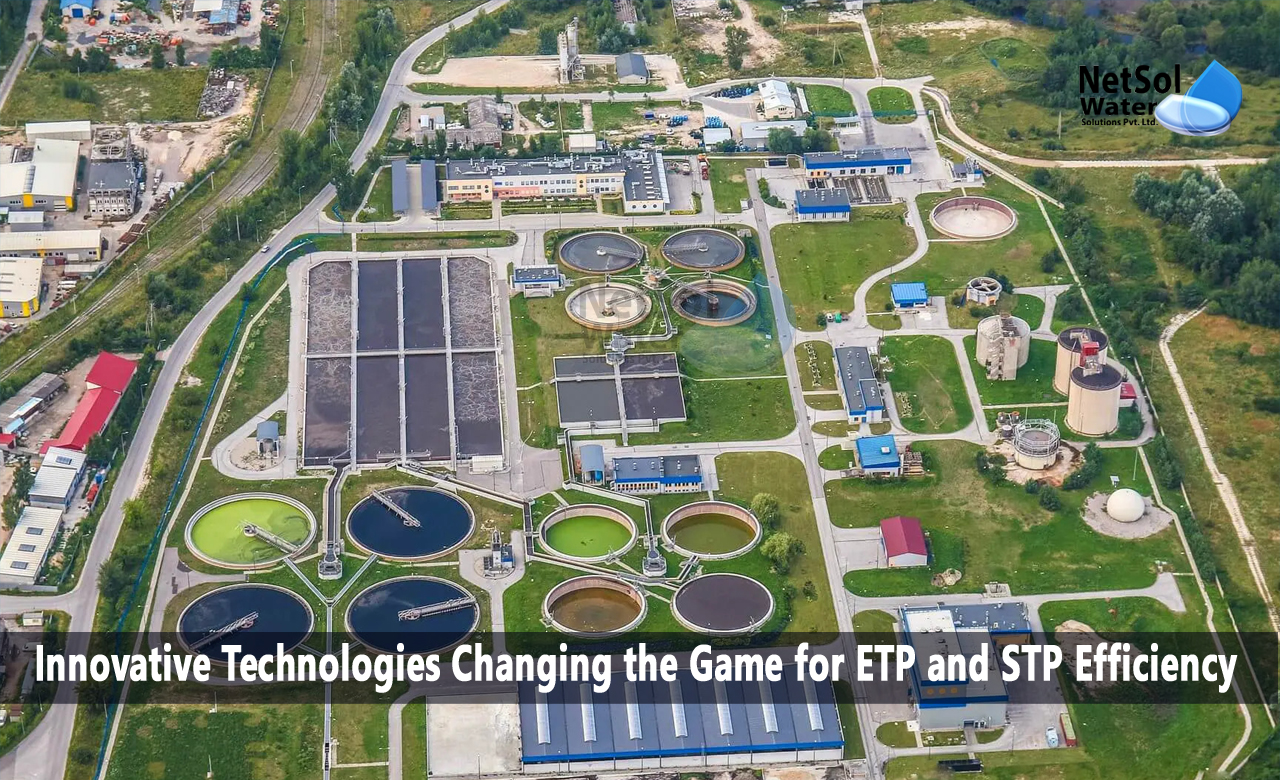Innovative Technologies Changing the Game for ETP and STP Efficiency
Environmental regulations are becoming increasingly stringent, and industries are under constant pressure to reduce their environmental impact. One way to achieve this goal is through the use of advanced technologies in wastewater treatment. Innovative technologies are changing the game for ETP and STP efficiency, allowing businesses to operate more sustainably and efficiently.
Here are some of the most promising technologies currently transforming the field of wastewater treatment.
- Membrane bioreactors (MBRs): MBRs are a type of wastewater treatment technology that combines a biological process with membrane filtration. The technology eliminates the need for secondary clarifiers, resulting in a smaller footprint and improved treatment efficiency. MBRs can handle high concentrations of organic matter and produce high-quality effluent suitable for reuse.
- Advanced oxidation processes (AOPs): AOPs are a group of wastewater treatment technologies that use powerful oxidants, such as ozone and hydrogen peroxide, to break down organic pollutants into harmless byproducts. AOPs can effectively remove a wide range of contaminants, including pharmaceuticals, pesticides, and industrial chemicals.
- Moving bed bioreactors (MBBRs): MBBRs are a type of wastewater treatment technology that uses a moving bed of small plastic carriers to promote bacterial growth. The technology offers a high surface area-to-volume ratio, allowing for efficient treatment of high-strength wastewater. MBBRs are highly flexible and can handle changes in flow and load, making them an excellent choice for industrial applications.
- Reverse osmosis (RO): RO is a water treatment technology that uses a semi-permeable membrane to remove dissolved solids, such as salts and minerals, from wastewater. The technology can produce high-quality effluent suitable for reuse or discharge. RO is highly effective at removing contaminants, making it an ideal solution for treating highly contaminated wastewater.
- Electrocoagulation (EC): EC is a wastewater treatment technology that uses an electrical current to destabilize and remove suspended solids, metals, and other pollutants from wastewater. The technology is effective at removing a wide range of contaminants and can produce high-quality effluent suitable for reuse.
- Biological aerated filters (BAFs): BAFs are a type of wastewater treatment technology that combines biological treatment with physical filtration. The technology is highly effective at removing organic matter and can produce high-quality effluent suitable for reuse or discharge.
- Ultrafiltration (UF): UF is a water treatment technology that uses a membrane to remove suspended solids, bacteria, and viruses from wastewater. The technology can produce high-quality effluent suitable for reuse or discharge. UF is highly effective at removing contaminants, making it an ideal solution for treating highly contaminated wastewater.
Conclusion:
Innovative technologies are changing the game for ETP and STP efficiency, offering businesses new ways to reduce their environmental impact and operate more sustainably. Membrane bioreactors, advanced oxidation processes, moving bed bioreactors, reverse osmosis, electrocoagulation, biological aerated filters, and ultrafiltration are just some of the promising technologies transforming the field of wastewater treatment. By leveraging these technologies, businesses can achieve high levels of treatment efficiency, reduce their water footprint, and comply with stringent environmental regulations. As the demand for sustainable solutions continues to grow, innovative wastewater treatment technologies will play an increasingly vital role in helping businesses meet their environmental goals.
For any other support, inquiries, or product purchases, call on +91-9650608473 or email at enquiry@netsolwater.com



